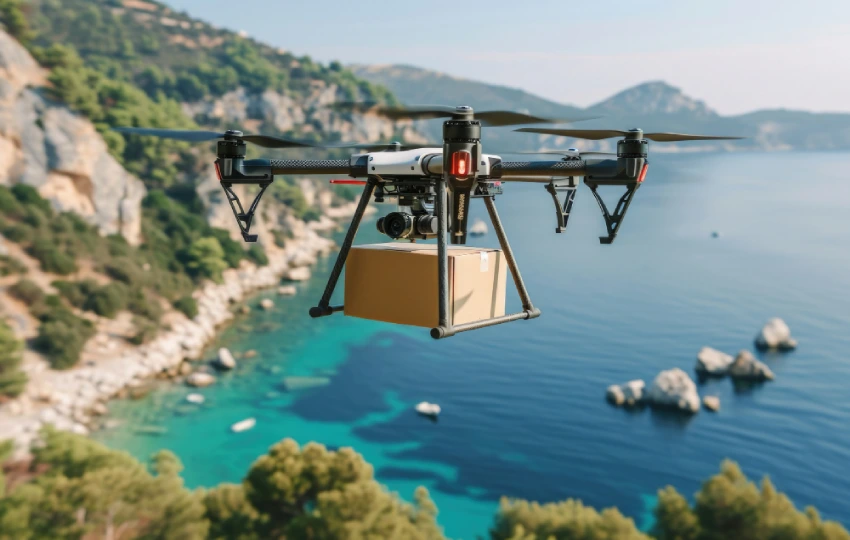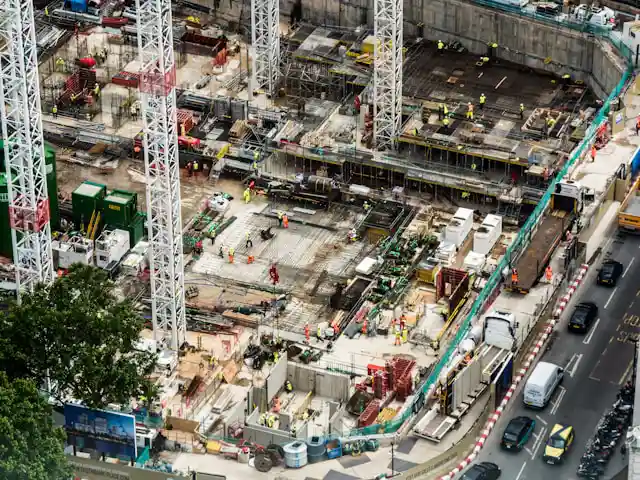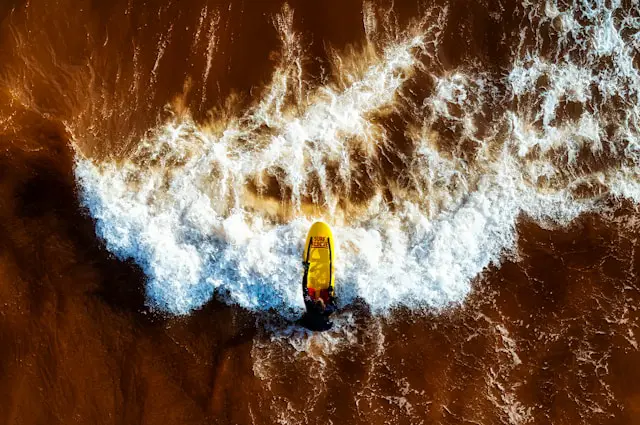Drones have been around for a while now, yet there are still new ways various industries incorporate drones into their utilization.
Innovation, efficiency, and growth are often the go-to aims for a brighter future. Initially, drones have been a recreational activity tool, but they continue to impact different sectors and revolutionize the way we approach certain things.
Let’s take a deeper look at how drones are used, how they change the business landscape, and what we can expect in the upcoming years.
1. Package Delivery

Package delivery is one of the standout benefits of utilizing drones. Aerial delivery services provide an alternative to traditional delivery methods. Drones don’t have to navigate through traffic, which cuts delivery time significantly.
Parcels reach their destination faster. Logistics and e-commerce industries understand that embracing drones as a delivery option also expands market reach.
Reaching areas that have challenging terrain or lack even the simplest road infrastructure was impossible. However, drones overcome these obstacles and offer a lifeline.
Expanding customer reach leads to customer satisfaction and loyalty. Not to mention the competitive edge over delivery services that don’t use drones.
2. Industrial Site Inspection

Critical asset inspection is changing the way big industrial companies are approaching site inspections. Drones come with HD cameras and other capabilities, such as thermal imaging.
Non-destructive testing, for example, lets test materials without damaging them. Metals, wood, glass, rubber, electronic components, and so on require regular maintenance. To get a solid idea of the condition of the material, you want a thorough inspection without any destruction.
Whether it’s defects or irregularities stemming from wear and tear, drone inspection offers a proactive solution to ensure that things are in order. Businesses can address potential problems before they snowball out of control.
Lastly, using drones instead of people means personnel safety. Instead of risking somebody accessing a hard-to-reach location, have a drone do the work.
3. Precision Farming

The agriculture industry is experiencing all kinds of problems. The environmental changes leave many farmers unsure about what to expect.
Hence, it is crucial to be as efficient as possible and make the most out of the available resources. Drone integration is one of the best ways to introduce more efficiency.
Personal experience should not be underestimated, but taking a data-driven approach empowers farmers to work out solutions that lead to optimal results.
Drones can apply pesticides and fertilizers precisely where they are needed. In addition to efficiency, there are fewer environmental concerns thanks to waste minimization.
Another instance of precision farming is how drones cover vast areas and register real-time data to inform farmers of pest infestations, crop stress, and other problems. A human is unlikely to cover a large farmland. On the other hand, a drone with a bird’s-eye view.
As our population grows, so does the demand for food. Farmers worldwide need to innovate and utilize available resources efficiently. Food production will only accelerate, and it’s hard to see a future where agriculture survives without modern technology applications, including drones.
4. Media Coverage

In an age where we get our news instantly via social media and other outlets, it’s become common to expect no delays between the event taking place and reports appearing on the internet.
Those covering media news have to be the first to get the scoop. Drones offer an opportunity to reach the location and film it while streaming the footage directly to an audience.
If a journalist needs time to build their story, they may also find drones useful. Reaching difficult spots or getting all kinds of shots from a drone enriches the story when done right.
5. Environmental Monitoring

Some ecologically sensitive locations are difficult to reach via conventional transportation. Environmentalists need to collect environmental data to assess the situation.
Harnessing drones to capture high-quality imagery enables wildlife monitoring and land development surveys.
Whether it’s a business or a government agency looking to approach and leave their mark in a location, it’s much easier to take an environmentally conscious approach by checking things with a drone first.
6. Search and Rescue

You often hear or read stories about how large rescue parties were too late to find a missing person.
When you have multiple drones scouting from high up and covering large areas, the odds of finding somebody increase exponentially.
Combine the aerial prowess and land coverage with thermal cameras and other sensors, and you have an excellent assistant who can do more in an hour than multiple people can do in an entire day.
Conclusion
To sum it all up, there is no denying that drones have made a huge impact in our world. Considering how rapidly technology is advancing, we can expect to see even more examples of drone utilization in the near future.
As more and more industries discover how valuable drones are, they will have no choice but to adopt them. Combine that with general drone accessibility and potential for innovations, and you have an invention that will continue to surprise us.

